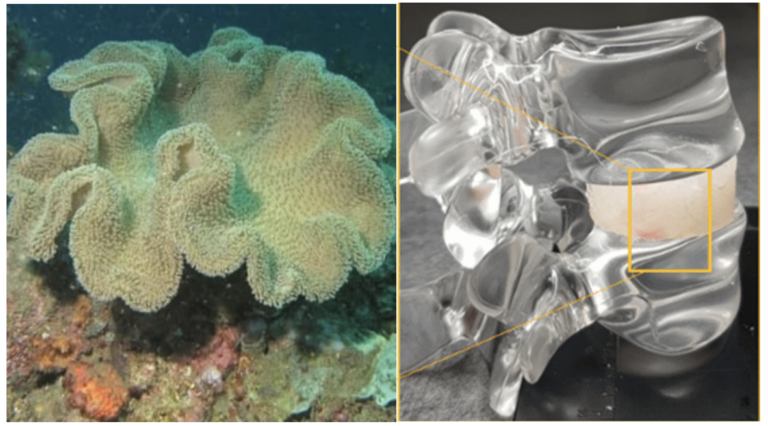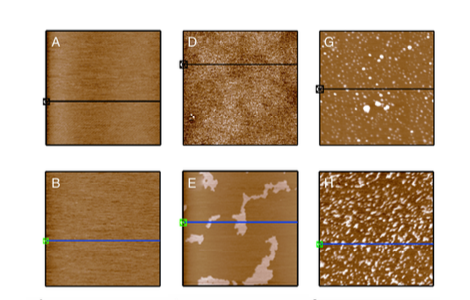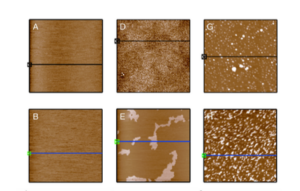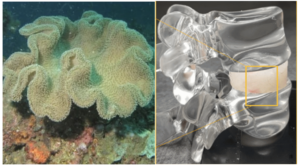C.H.U Hadassah : la cartographie du cerveau favoriserait le diagnostic précoce de la maladie d’Alzheimer
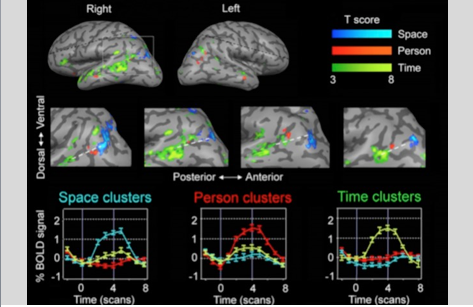
[:fr]Grâce à une technique innovante de cartographie cérébrale, les neuropsychiatres du C.H.U Hadassah ont identifié un processus cognitif qui pourrait expliquer la formation des troubles de l’orientation chez les personnes atteintes de la maladie d’Alzheimer. Les conclusions de l’étude menée au C.H.U Hadassah.
Pilotée par le Dr Shahar Arzy, Directeur du Laboratoire de Neuropsychiatrie Informatique au C.H.U Hadassah, l’équipe de neuroscientifiques s’est appuyée sur une technologie d’IRM de pointe, ultra-fonctionnelle. Ils ont découvert l’existence d’un système dédié à l’ « orientation », à la fois sophistiqué et hautement structuré.
L’orientation conditionne nos repères spatio-temporels et nous permet de nous situer au sein d’interactions sociales. C’est ce système qui nous permet de former notre propre interprétation du monde extérieur. Les chercheurs du C.H.U Hadassah ont aussi mis en lumière la superposition de notre système d’orientation à celui du réseau « mode par défaut », qui influence la perception que nous avons de nous-même par rapport au temps, à l’espace, et aux autres.
« Notre hypothèse de départ considère la maladie d’Alzheimer comme un trouble de l’orientation, où les individus perdent la trace de leurs souvenirs, des lieux et des gens qui les entourent. En outre, le réseau « mode par défaut », superposé au système d’orientation, est celui touché par la maladie d’Alzheimer », explique le Dr Arzy.
L’équipe du Dr Arzy a enregistré les fonctions cérébrales de 16 individus qui ont comparé leur distance subjective par rapport à différents lieux, événements et personnes. Les chercheurs ont analysé les résultats et ont constaté qu’un ensemble de structures cérébrales locales avait été activé, en relation avec l’orientation spatio-temporelle et les repères sociaux. Pour chaque participant, les chercheurs ont repéré le déclenchement d’un schéma d’activité particulier.
Les activations se sont révélées proches les unes des autres et partiellement superposées, illustrant le lien entre l’orientation spatio-temporelle d’un individu et ses interactions sociales. En parallèle, ils ont remarqué que cette activité se superposait au réseau « mode par défaut ».
Le Dr Arzy a annoncé que son équipe était actuellement en train de développer de nouveaux tests informatiques et examens fonctionnels de neuro-imagerie cérébrale (IRM) afin d’établir un diagnostic anticipé de la maladie d’Alzheimer.
Aujourd’hui, « au moment où les neurologues diagnostiquent la maladie, il est déjà trop tard et le traitement a perdu de son efficacité », explique le Dr Arzy. « Cependant, ces efforts nous permettront de diagnostiquer la maladie bien plus tôt, de commencer les traitements plus en amont et ainsi, de gagner en efficacité ».
Publication dans PNAS, 16 juillet 2015
Contact : Hadassah France, Karine Israël : karine.israel@hadassah.fr[:en]Using an innovative brain mapping technique, the Hadassah Medical Organization’s neuropsychiatry specialists have identified a cognitive process that has important implications for understanding the disorientation experienced by Alzheimer’s patients.
Using high-resolution functional Magnetic Resonance Imaging (MRI), the neuroscientists, led by Dr. Shahar Arzy, Director of Hadassah’s Computational Neuropsychiatry Laboratory, discovered that the human brain has a highly ordered dedicated system that manages “orientation”–the brain function that enables us to know where we are in time and space and social relationship. It is this orientation system that allows an individual to form an internal representation of his external world.
HMO’s researchers also discovered that this orientation system overlaps another system called the “default mode network,” which is involved with processing the individuals’ sense of self in relation to time, space, and other people.
”We hypothesized that Alzheimer’s disease is a disorder of orientation,” relates Dr. Arzy, “where people lose their way on the cognitive maps of memory, places, and later people. Moreover, the default mode network, overlapping with the orientation system, is known to be the network which is disturbed in Alzheimer’s disease.”
Dr. Arzy’s team recorded the brain function of 16 individuals, who compared their subjective distance to different places, events, and people. When the researchers analyzed the results, they saw that a local set of structures within the brain were activated that were related to orientation in space, time, and person. A particular pattern of activity was triggered in each person’s brain. The activations were near one another and partially overlapping, illustrating the links among a person’s orientations in space, time, and social relations. At the same time, this activity overlapped with the brain’s default mode network.
Dr. Arzy reports that his team is now working to develop new computational tests and functional neuroimaging examinations to establish a very early diagnosis of Alzheimer’s disease. Currently, Dr. Arzy notes, there is no exact understanding of the core pathology of Alzheimer’s disease. No one has been able to elucidate the neurocognitive mechanism that underpins the variable functional loss that affects people with this disease. Consequently, he says, “by the time we neurologists diagnose the disease, it’s too late to treat effectively. He concludes, however, that “our efforts will enable us to diagnose Alzheimer’s disease much earlier in the process and then be able to begin treating it effectively.”
Publication in PNAS, July 16, 2015[:]

